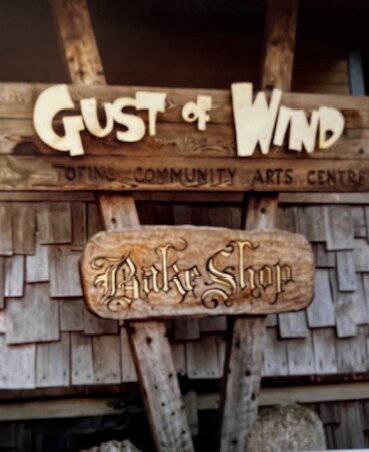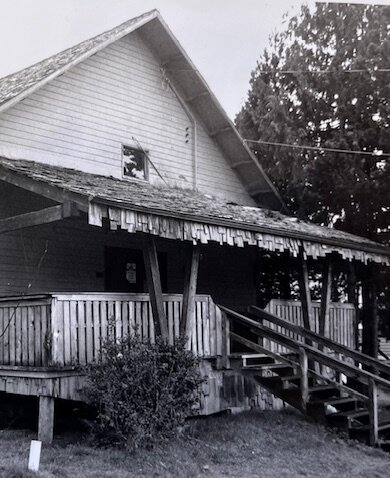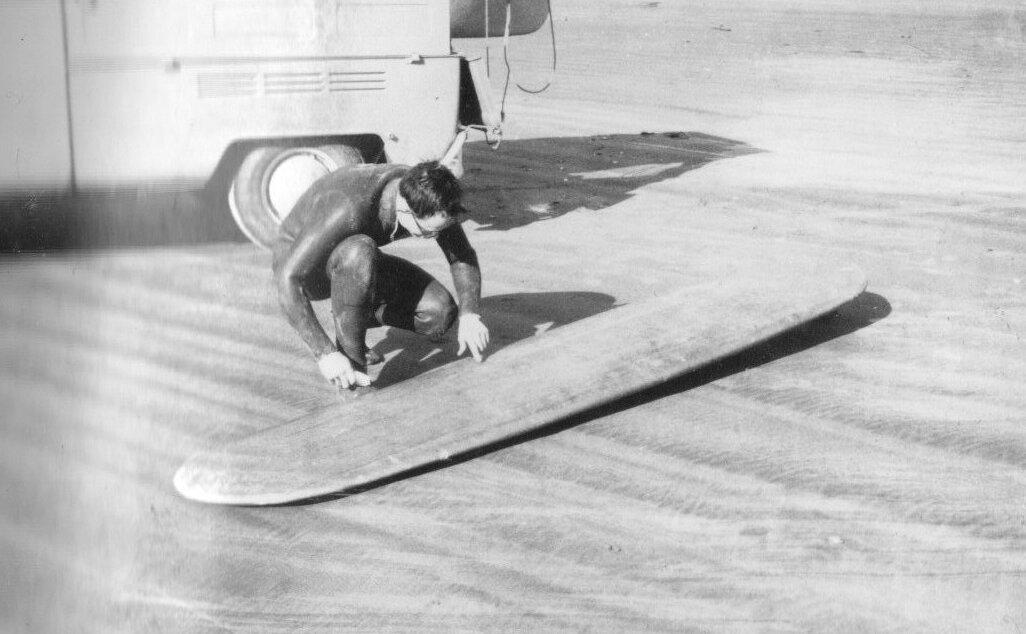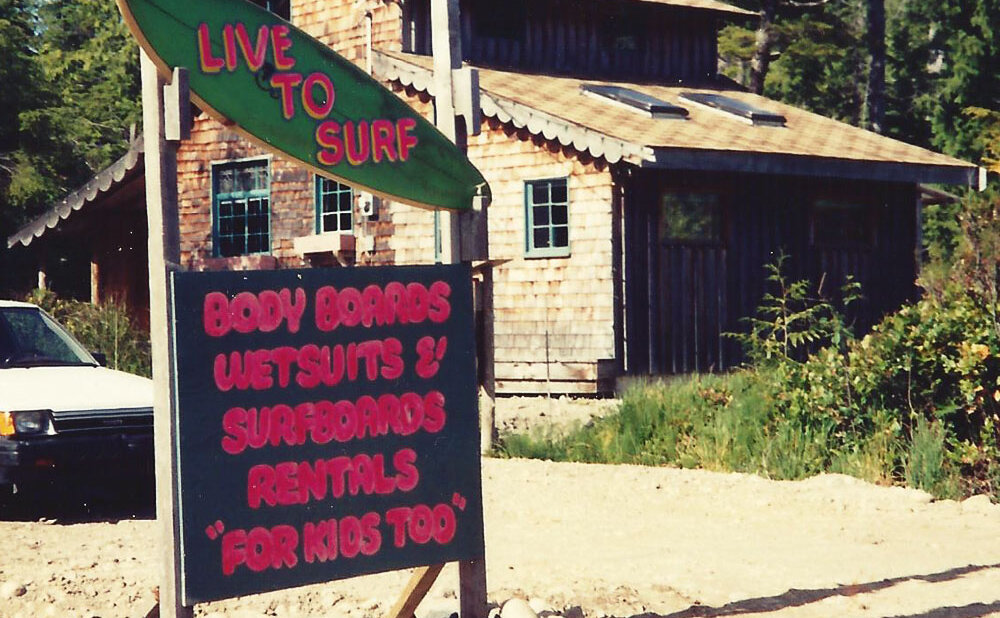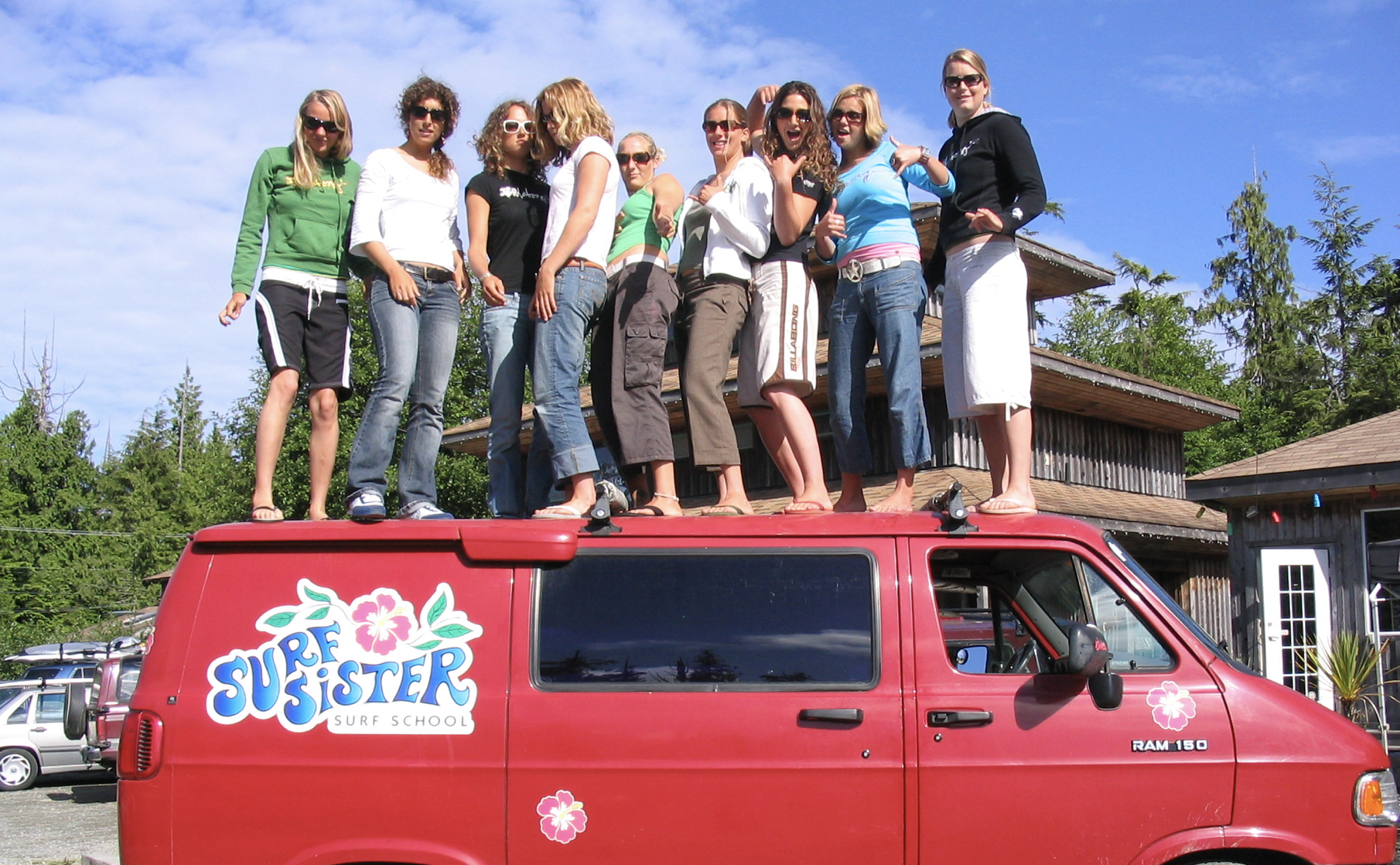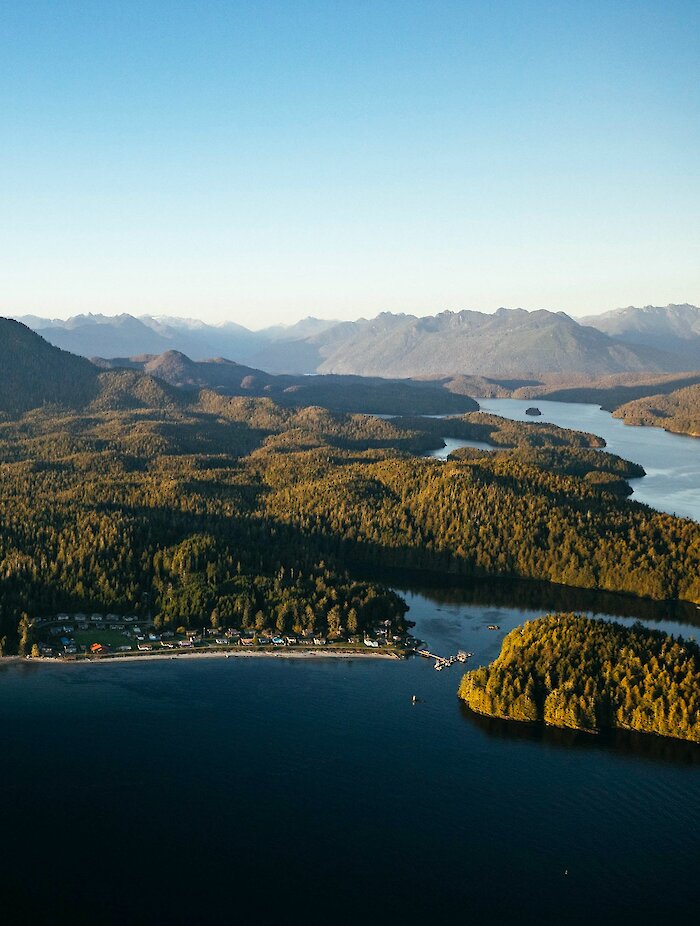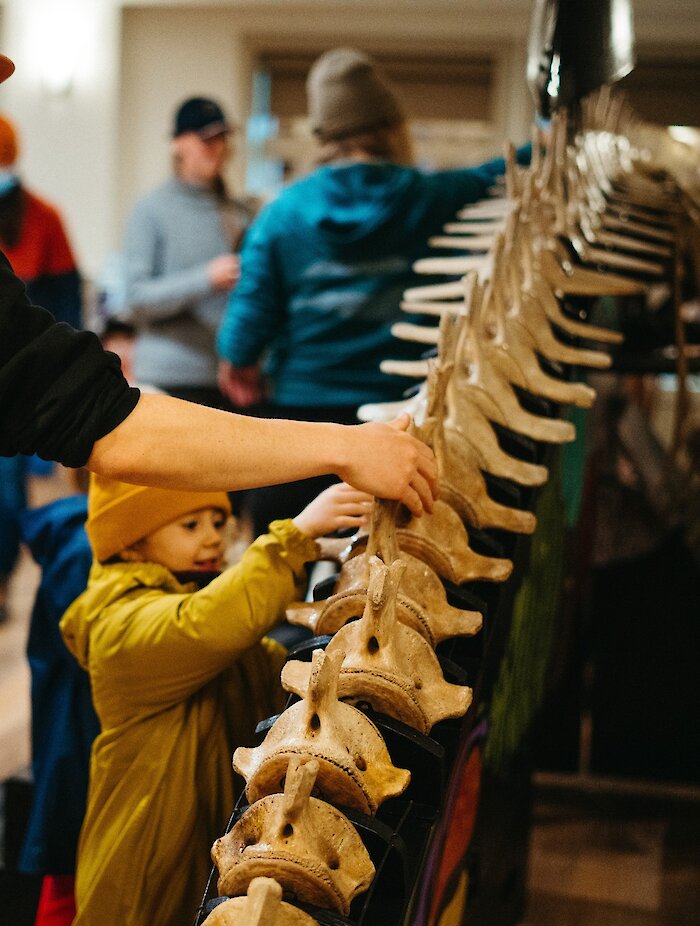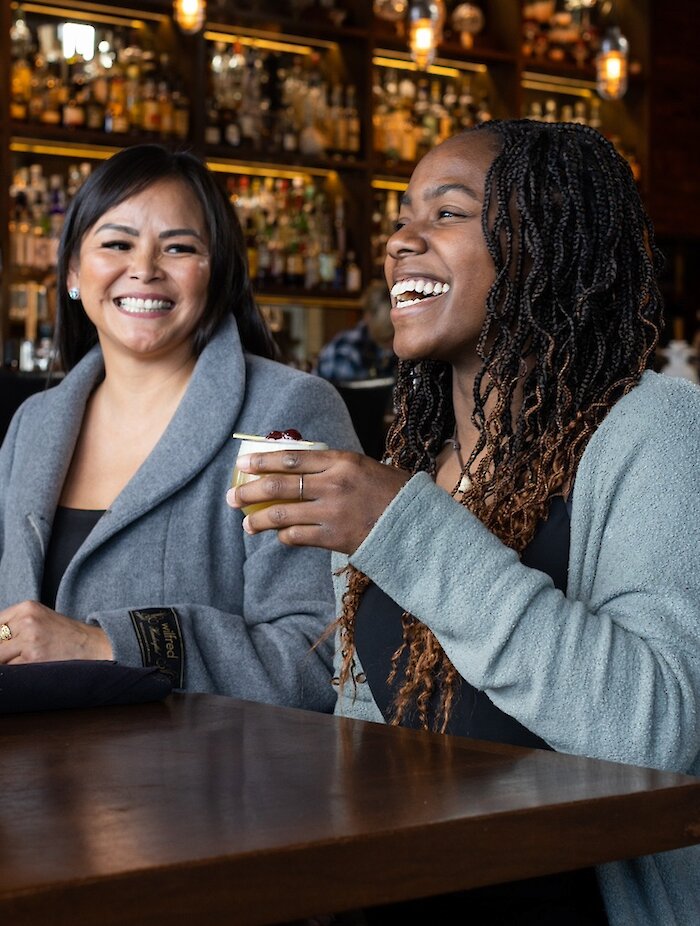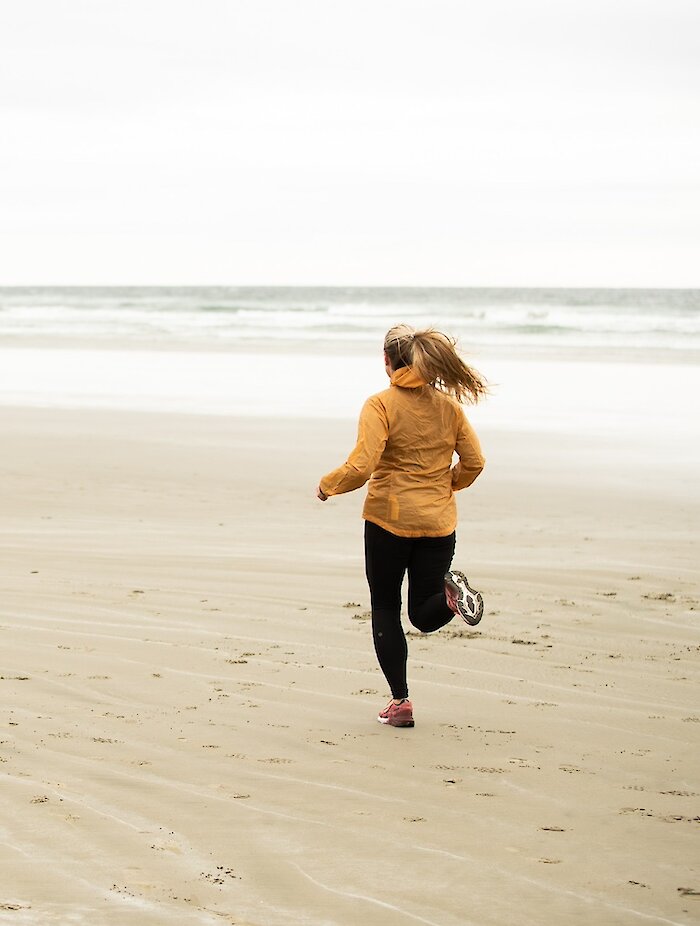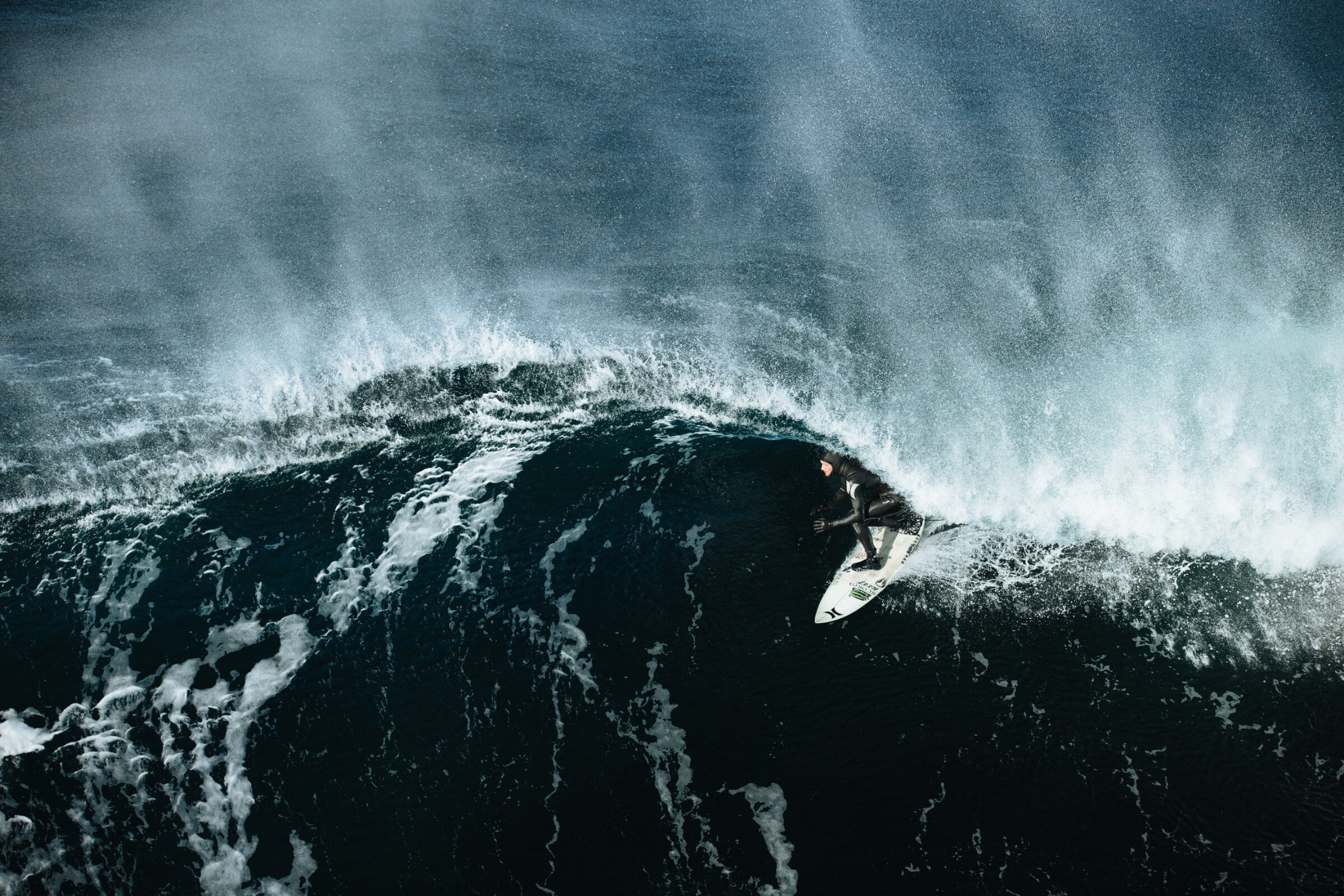
About Tofino West Coast Culture
Where the mountains meet the sea. Načiks (Tofino). Tuff City. Canada’s Surf Capital. Home.
As a village of 2,500 residents, Tofino and the surrounding communities foster a close-knit, yet independent and dynamic community culture of people from all walks of life who have always been here or have come to build roots. A grittiness comes from living in a remote place at the end of the road, which is how the moniker “Tuff City” started.
Tofino has changed through the years, from a sleepy commercial fishing and logging village to a lively eco-adventure hub steeped in Nuu-chah-nulth history and culture. What makes Tofino so unique is the melding of histories and resurging present-day cultures that build the character of this West Coast surf town.
A place of contrasts
Feel the zest of a thriving arts scene, and an industrious fishing culture; the passion of politically active environmental protestors, and the laid-back nature of being in a rural community; thrill-seeking surfers, and the restfulness contentment of the wellness community. The juxtaposition of different facets of life on the coast makes up the tapestry that is uniquely Tofino.
Surfing in Tofino
Heydays to surf capital
The origin story of surf in Tofino comes from the shared enthusiasm of a handful of people brave enough to face the cold Pacific: Ralph Devries, Jim Sadler and Bruce Atkey, among others.
Ralph Devries sought out BC from the Netherlands to pursue surfing and moved to Tofino in the 1960s. He found work at the original Wickaninnish Inn on the namesake beach, owned by Robin Fells who was also part of this group of surfers. Jim Sadler, who hailed from Victoria, BC, was a notorious thrill-seeker. After time on a ranch in Alberta in the 1950s, he returned to Vancouver Island from Alberta - on horseback - and found work in Pachena Bay. He taught himself to surf on a homemade board with candle wax overtop for grip. Sadler came to Tofino in 1966 for one of the first-ever surf competitions at Wickaninnish Beach, where he placed second, and later moved his family with his wife Ruth to Tofino. The Sadlers continue to live and surf in Tofino today, and one of Jim’s grandsons, Andrew, shares his grandfather's adventurous spirit by teaching others to surf at Sadler Surf School.
Bruce Atkey was key in discovering new surf breaks all along the coast, from Jordan River to Hesquiaht. The story goes that he would build a cabin near the break, surf the uncrowded waves until others would catch on, then move on to find the next surfing gem.
A "grom" is a young surfer, a "party wave" is when multiple people successfully ride the same wave, and a "green wave" is a cresting wave that hasn’t broken yet - a great face to ride on. And remember, we all start as "kooks"!
Making of a surf destination
Tofino was boat-access only until 1959 when the logging road from Port Alberni to Tofino was built, which we now know as BC Highway 4. Visitors started arriving in Tofino in the 1960s - some moving here permanently - and surfing started to take off as a sport.
Surf shops and schools, like Live to Surf, opened in the 1980s and 90s as the equipment improved. Dom Domic organized the first modern-day surf competition, the 1988 WestBeach Summer Surf Jam, which has now become the Rip Curl Nationals with nearly 200 competitors showcasing the ever-growing calibre of surfing in Canada. The Bruhwiler family grew up on Chesterman Beach in the 1980s, close to the Devries’. Raph, Sepp and Catherine Bruhwiler were the first professional surfers from Canada, and some of their children compete today. Tofino became well-known as a surf destination after hometown legend Peter Devries (son of Ralph Devries) won the O’Neill Cold Water Classic in October 2009. Surfers from Tofino have been making their mark on the international stage for many years, including Mathea and Sanoa Olin, the latter of whom is the first Olympic surfer to represent Canada at the Paris 2024 Olympic Games for Women's Surfing in Tahiti.
Today, multiple surf competitions happen annually, from the Rip Curl Nationals in the spring to the Bruhwiler Kids Classic (for groms up to age 18). Queen of the Peak - an all-female surf comp founded in 2010 by Krissy Montgomery (current owner of Surf Sister) and Shelter Restaurant - takes place annually on the last weekend of September. Tofino is well-suited for learning to surf in the forgiving sandy beach breaks. The surf scene here is inclusive, with a large contingent of female and queer surfers. Surf Sister Surf School, started by Jenny Hudnall in 1999 with an all-female team of instructors, still operates today in two locations and now includes surf misters as well.
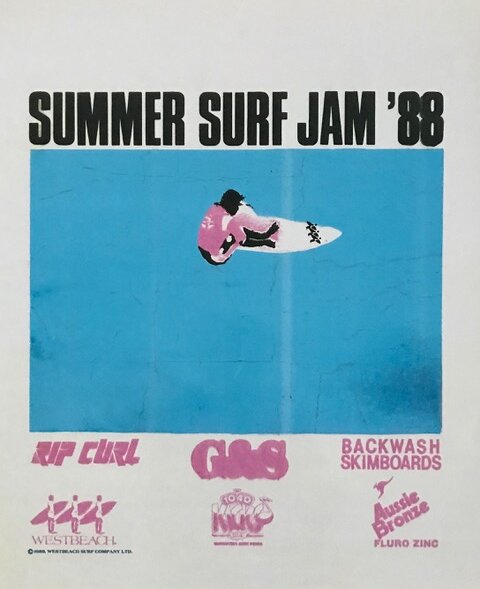
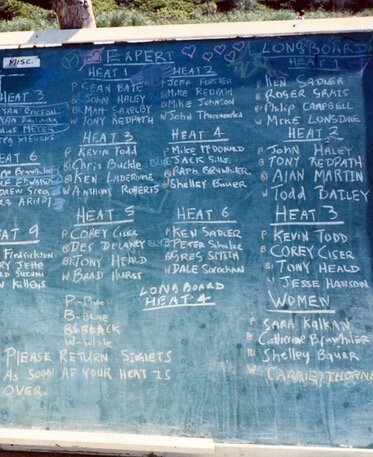
Skate scene
Skateboarding also thrives in Tofino and has evolved alongside surfing, as board sports that both moved from counterculture origins to widespread popularity, and now to the Olympics. The Tuff City Skate Park at the Village Green is an inclusive space where kids and veteran skaters are welcome. You may notice the metal cable overhead strung with shoes (and a ski boot at some point). This is a memorial tribute to Jamie Collins, who left a lasting legacy on the skate community for his support and enthusiasm.
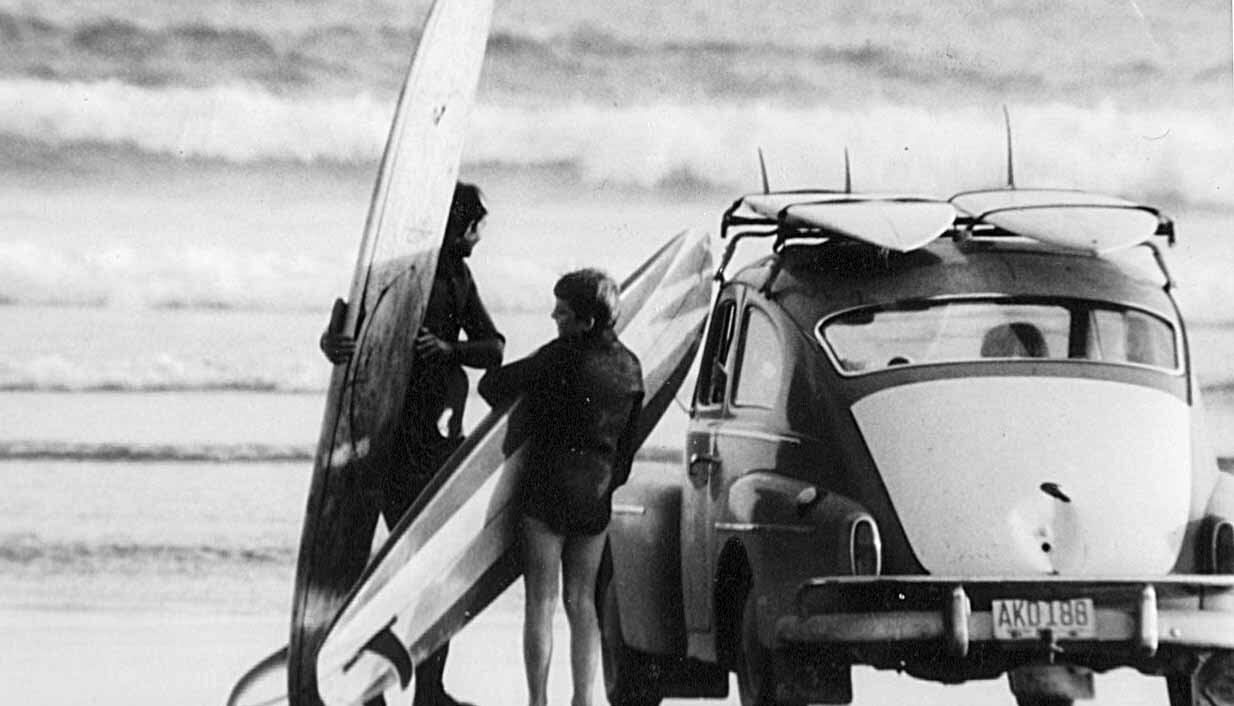
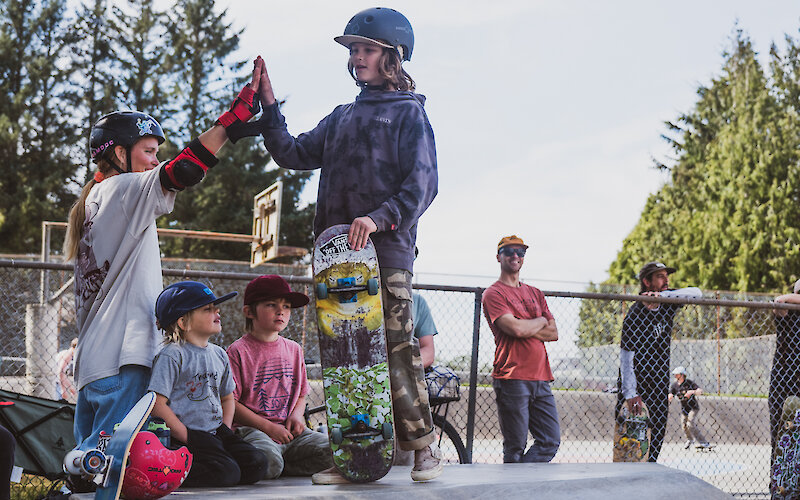
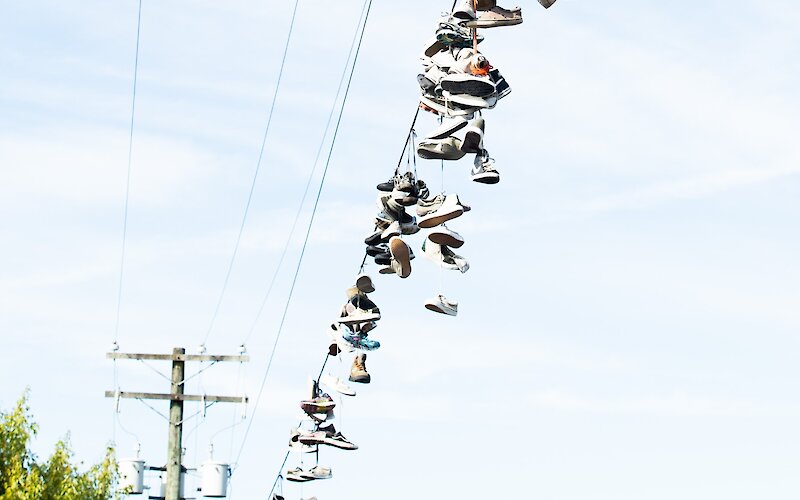
Creative spirit
Self-expression is a big part of the culture in Tofino. Creative influences abound: the light of the moon dancing along the water, the twists and curves of branches of a cedar tree, and the chortle of Bald eagles crying out. The merging of artists and activists makes for a rich art scene that continues to flourish. Of course, the Nuu-chah-nulth peoples who practiced potlatch dances and ceremonies before they were outlawed hold a wealth of teachings that they would share through story, dance, and song.
Seafood is front and centre of the Tofino culinary scene. From the booming herring roe industry of the 70s to today, fish and shellfish are still sought after and beautifully presented on restaurant plates or as scrumptious fish and chips.
You can now take in a Tla-o-qui-aht First Nations cultural experience through naa?uu - an event that means to “come together and feast” - which features traditional foods, dance, and song. With organizations like the Tofino Ucluelet Culinary Guild sourcing high-quality foods from independent farms, it's no wonder why food is so flavourful here. Inspired chefs delve into the flavours of the season and Tofino Wine and Dine and Tofino Oyster Festival are banner events showcasing Tofino as a destination for food lovers.
Song is a large part of Nuu-chah-nulth culture and is one of the many ways that teachings are shared with younger generations. In this way, music has always existed along the coast and there has always been space to gather:
- in wartime Tofino there were regular dances at the RCAF airbase at Long Beach;
- the Gust of Wind Community Arts Centre was the place for artists, musicians, ceramicists, yogis and the initial version of what we now know as the Common Loaf Bake Shop in 1974 through to the 80s; and
- the Tofino Legion hosted DJ sets and live concerts throughout the early 2000s.
The end of the road has inspired musicians and contemporary recording artists to call Tofino home. Some notable music events include:
- the Tofino Jazz Festival, a 3-day event at the end of June with a variety of performers plus a jazz parade; and
- the Gust of Wind Concert Series, an homage to the 70s art centre, where live music can be heard at the Village Green in summer, alongside the Friday night Tofino Market.
The Tofino Legion was renovated and reopened in 2024 and still holds music and animation nights. When you're visiting, tune into one of Canada's last independent radio stations, 90.1FM, on Tuff City Radio and get updates on local happenings "all over the map at the end of the road."
Art has been present for generations in Načiks (Tofino) and would have been the first thing that settlers would have seen here, as either dugout cedar canoes or totem poles, carved by the local Nations. The cultural practices of the Nuu-chah-nulth have both form and function: the beauty and intricacy of the carvings of a totem with the teachings and story that they tell.
From the Gust of Wind Community Arts Centre of the 1970s to the art and photography galleries that now thrive, to the Tofino Market on Saturdays, the arts are certainly alive on the western seaboard. The Tofino Art Council showcases public art displays in their “Art Walks” self-guided tours, and the annual Tofino Poet Laureate program hosted by the District of Tofino brings together written word artists.
From political to self-expression, Tofino would not have the same energy without art woven into its framework from the start.

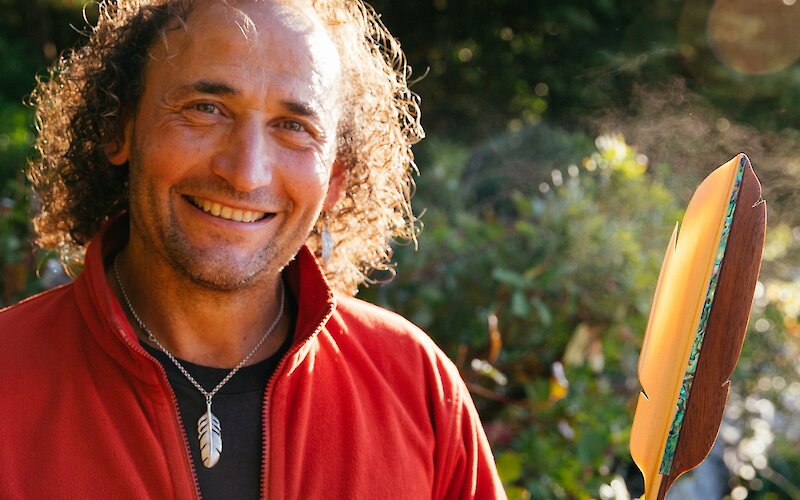

Tuff City lifestyle
Before the 1960s, this blue-collar village at the end of the road was mainly made up of loggers and fishermen. At the time, travellers could only get to Tofino by steamship aboard the Canadian Pacific Railway’s Princess Maquinna. Tofino became accessible by car when the logging road (along traditional Tla-o-qui-aht trade routes) was opened on the weekends and tourists could start coming to the area. You had to want to come here - some would say you still do - to get to the end of the road. Between the moody skies and storms that often grace the Pacific come fall and winter, to the winding mountain pass to the grittiness of commercial industries, these are what made up “Tuff City”.
BC Highway 4 was paved in 1972 after Pacific Rim National Park Reserve opened in 1971. This also shifted the Tofino population as many hippie tourists and surfers began calling these shores home. Today, the work-to-play mentality of stepping into adventure right outside your doorstep is pervasive in Tofino’s culture. The once-industrial town has a large active lifestyle and wellness contingent that evolved from the changing population of the 1970s and is still alive today.
And that is the End of the Road - through different lenses.
